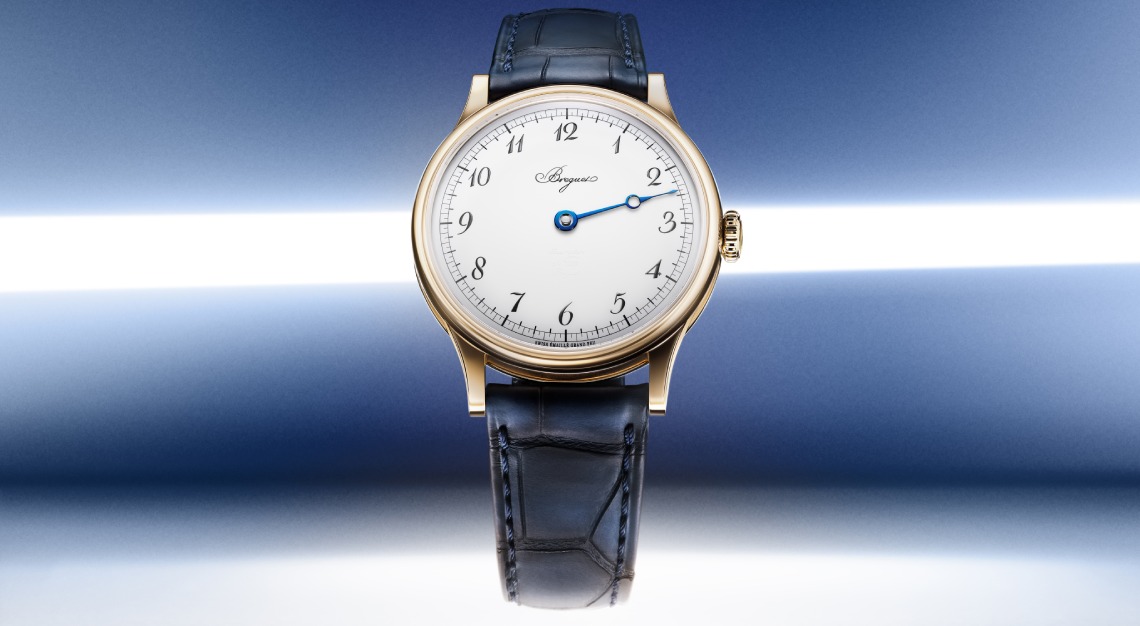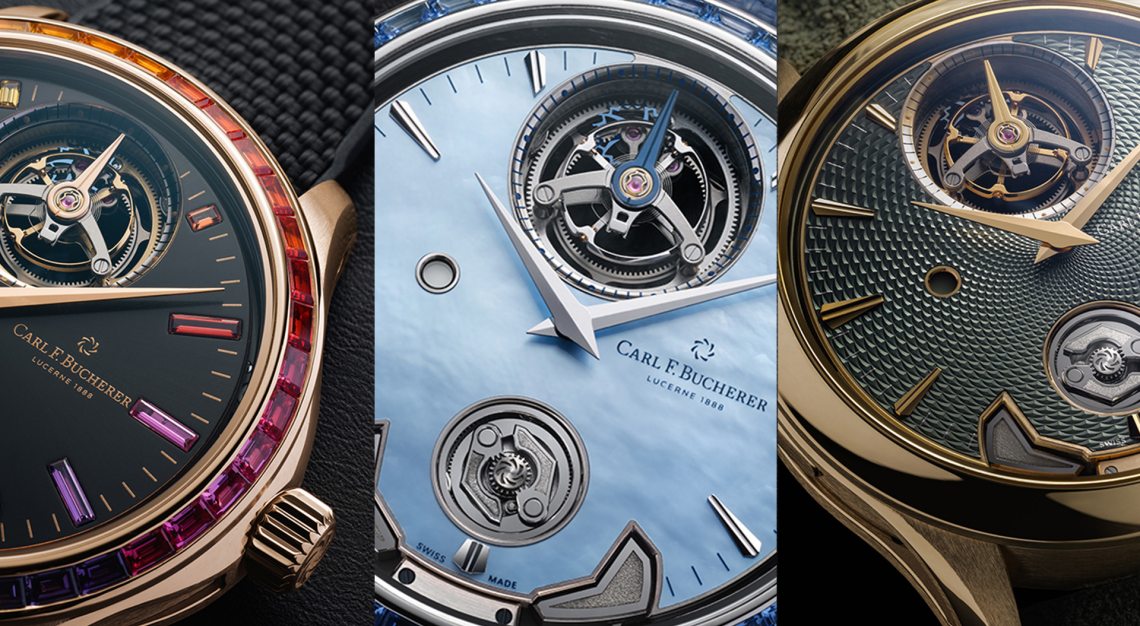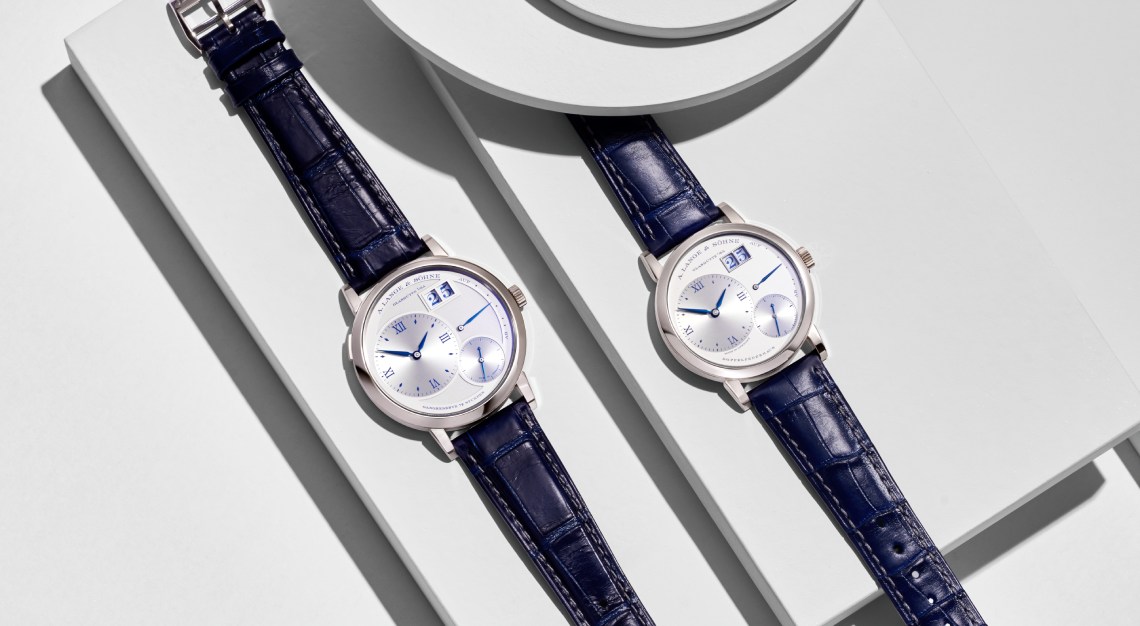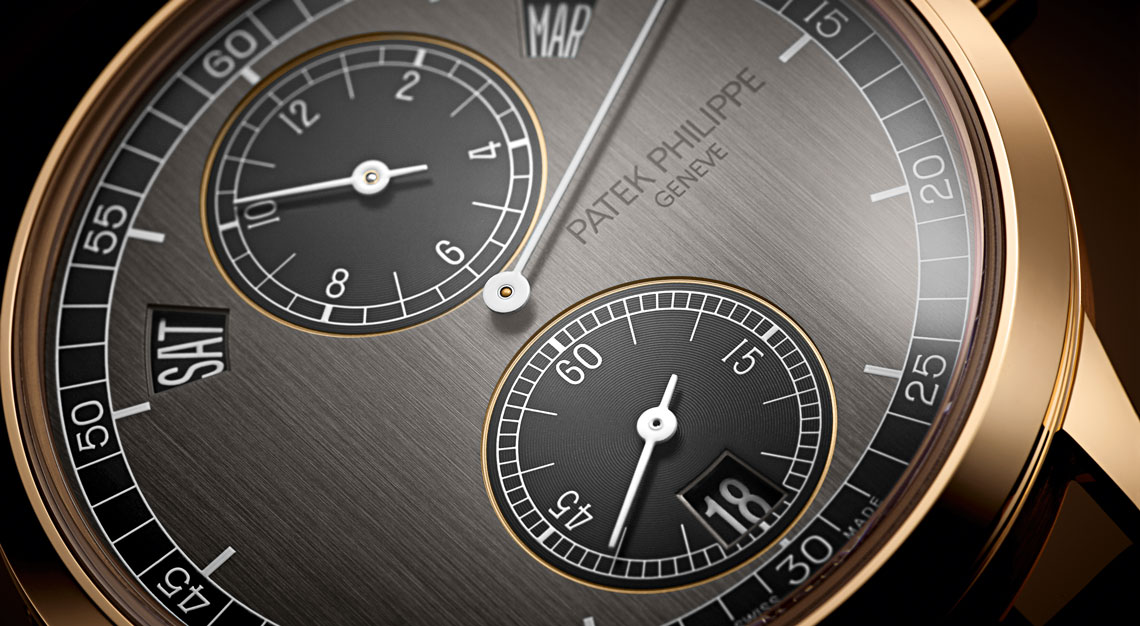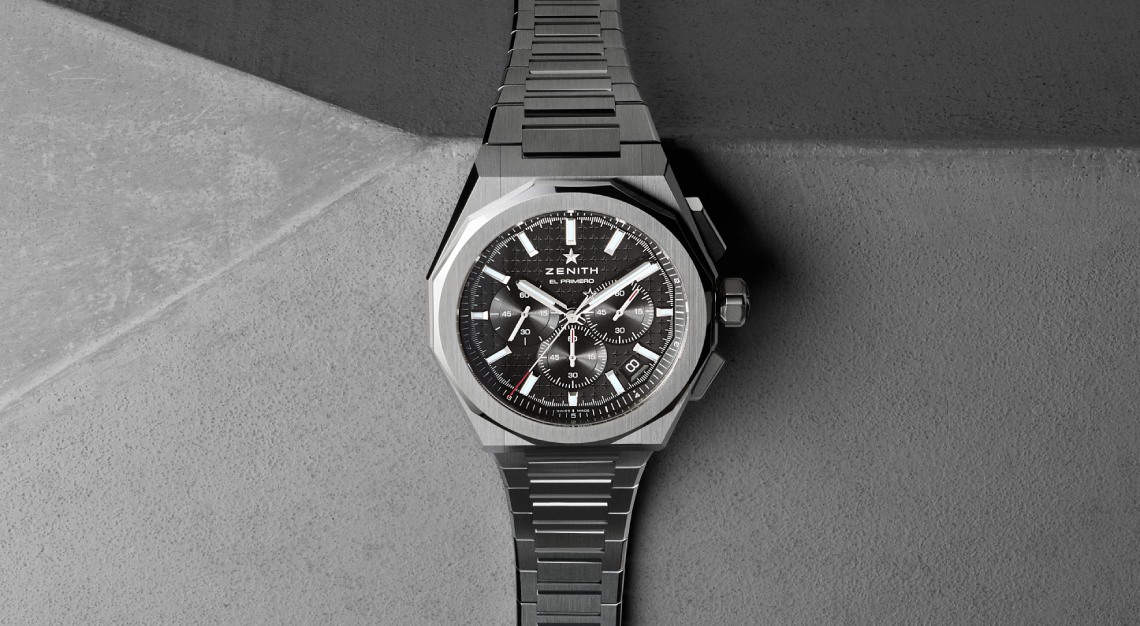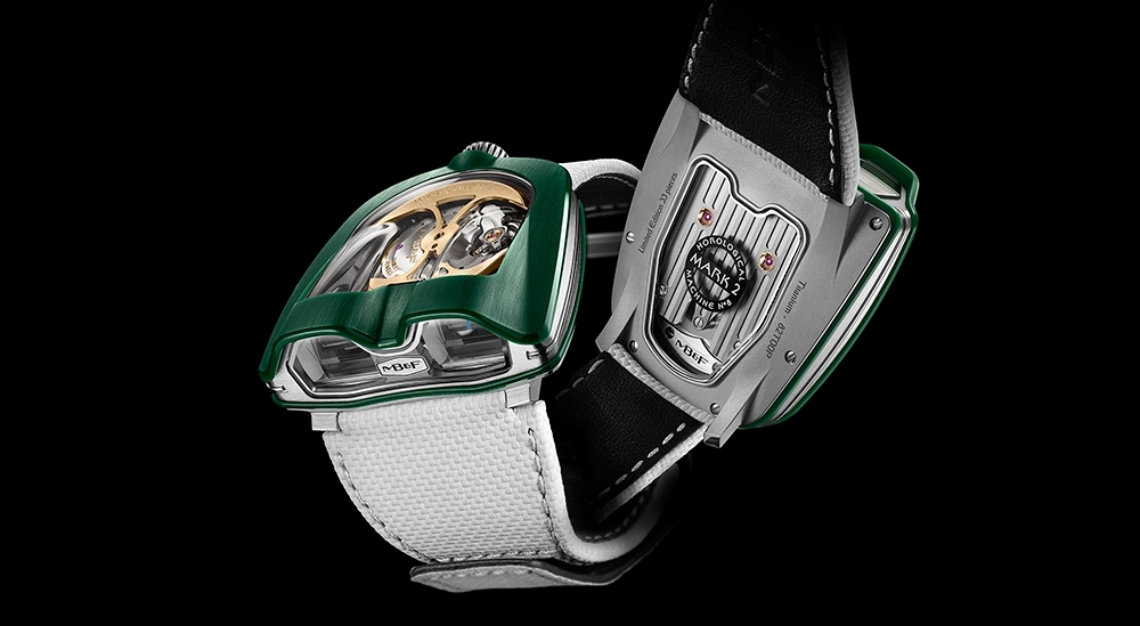Through every twist in its storied journey, Zenith, which marks its 160th anniversary this year, has stayed true to its pursuit of precision, performance, and progressive watchmaking
Zenith’s long and winding path in the unforgiving world of high-end watchmaking isn’t for the faint of heart. From the rise of battery-powered quartz watches in the 1970s that nearly wiped out its business, to shifts in ownership that demanded delicate—and often daring—course corrections, the brand’s 160-year journey is a story of resilience, vision, and the people who kept faith in its potential for greatness.
Watch historians will point you to someone like Zenith engineer Charles Vermot. Vermot helped develop the groundbreaking El Primero in 1969—the world’s first fully integrated, high-frequency automatic chronograph—and later saved it from extinction.
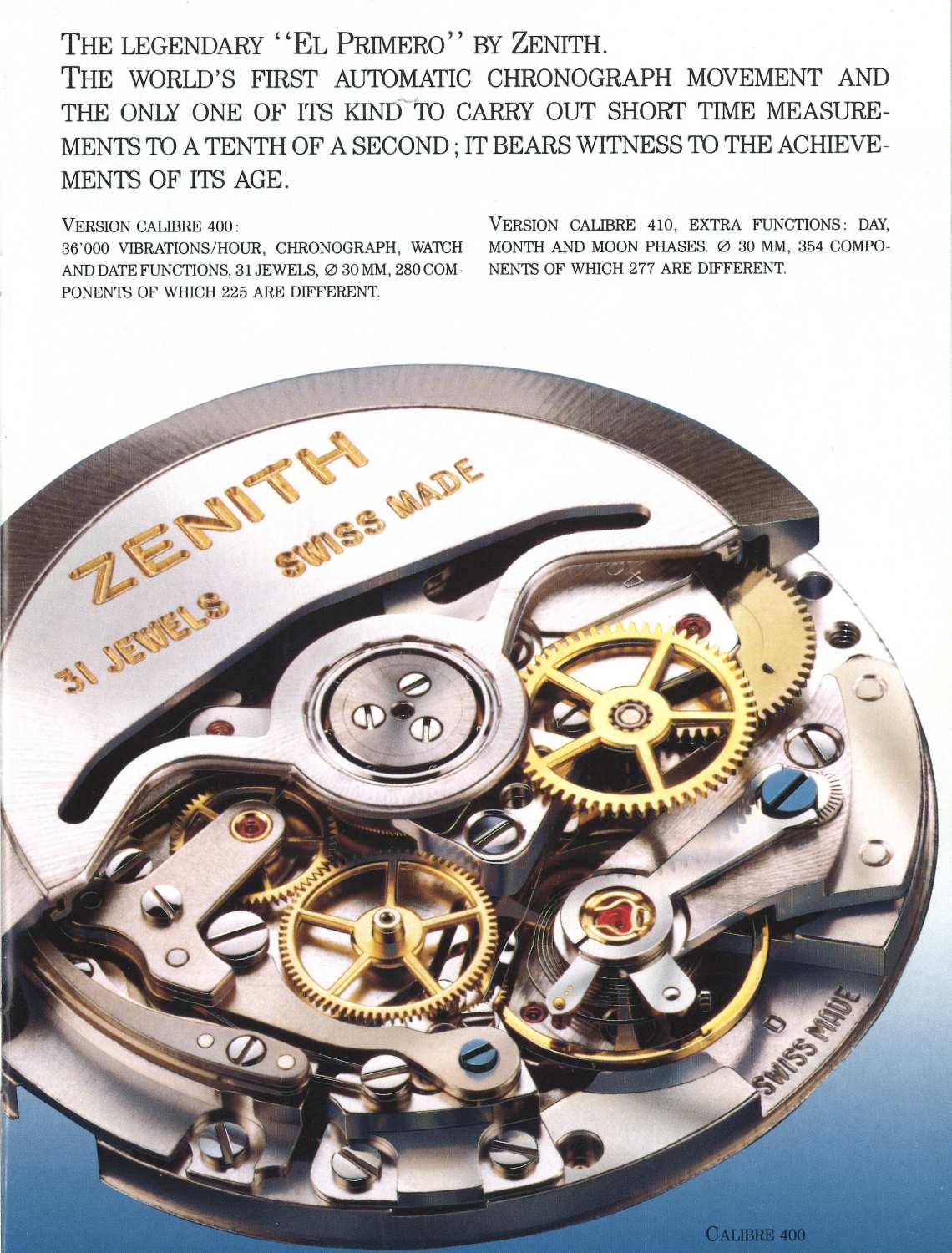
When Zenith’s then US-based owners ordered its tools and plans to be scrapped in favour of quartz technology, Vermot secretly hid them in an attic. When mechanical watchmaking returned to favour in the late 1970s, and Zenith resumed production of the El Primero, his quiet rebellion proved vital to the company’s survival and subsequent ascent.
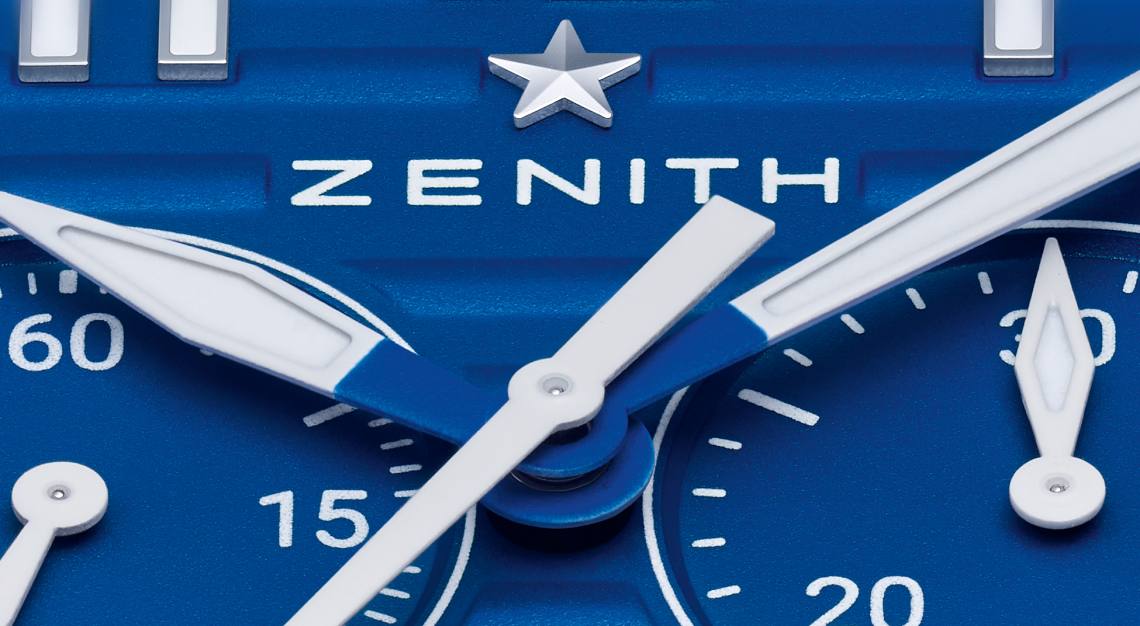
Go back even further and you’ll meet Georges Favre-Jacot, who founded the Zenith manufacture in 1865. In an age when watchmaking was fragmented among home-based craftsmen, Favre-Jacot introduced an industrialised, vertical manufacturing system—bringing every step of production, from design to quality control, under one roof.

He named the company Zenith to reflect his ambition to create the perfect watch, inspired, as legend has it, while gazing at the stars. That vision carried the brand to greatness: with 2,333 chronometry prizes to its name, Zenith is one of the most decorated houses in Swiss watchmaking history.
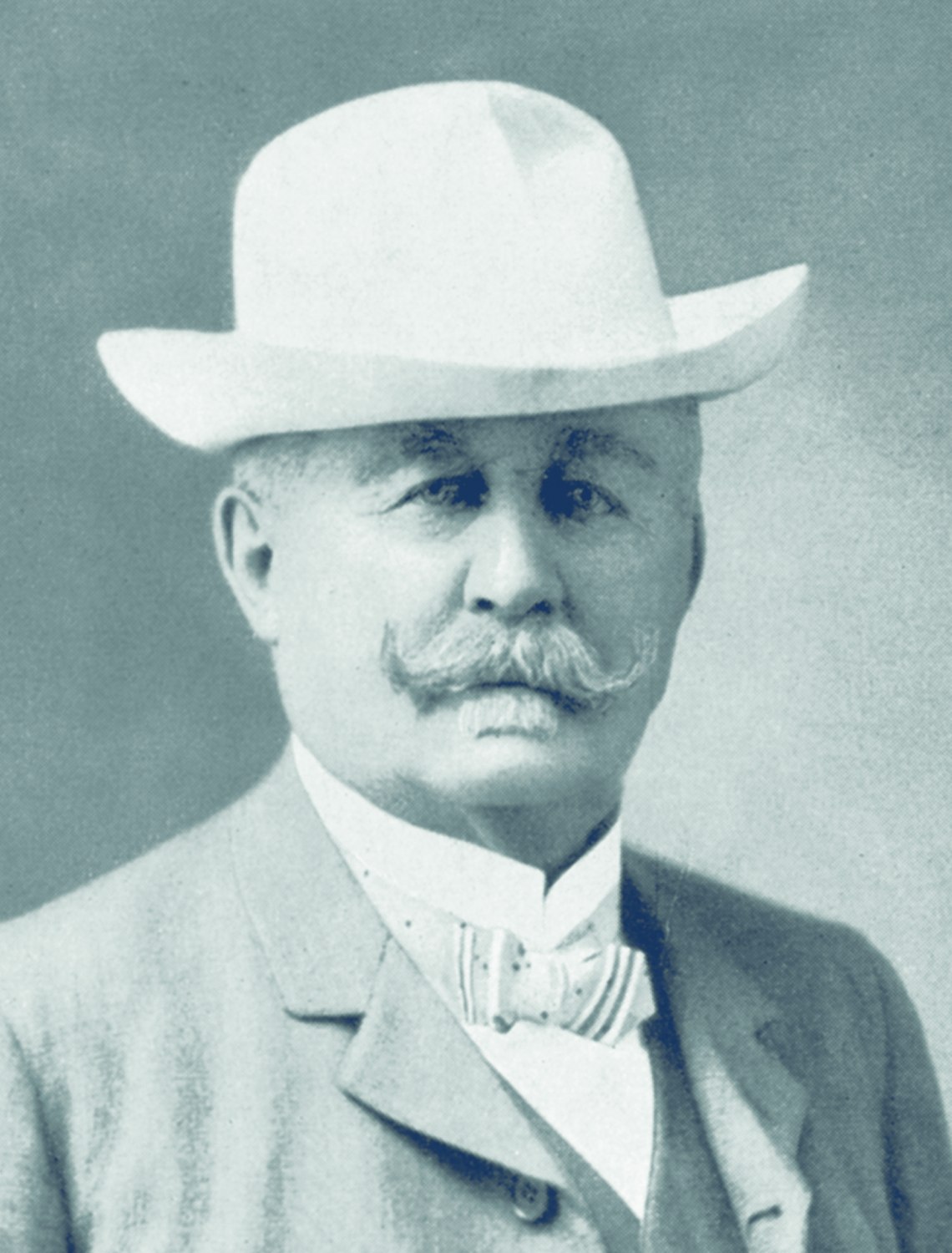
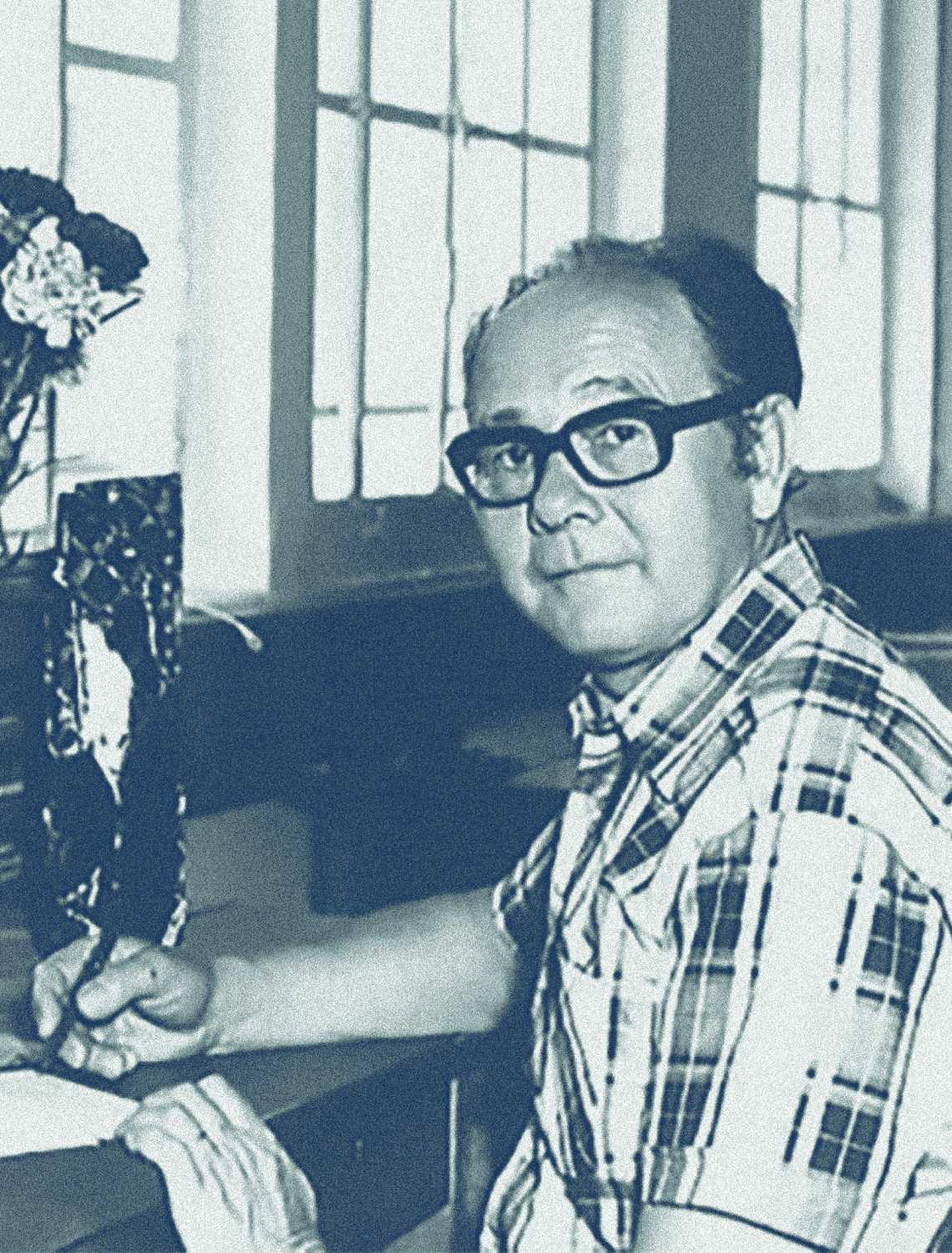
Expressing A Legacy
So, how does a watch company distil 160 years of history into a commemorative collection that tells stories of trial and triumph? The short answer is: it can’t. But Zenith certainly tries, and Blue Ceramic Chronograph Trilogy 160th Anniversary Edition makes a compelling case.
Comprising three models limited to 160 pieces each—the Pilot Big Date Flyback, Defy Skyline Chronograph, and Chronomaster Sport—the trilogy celebrates Zenith’s legacy through its most advanced movements and iconic design codes.
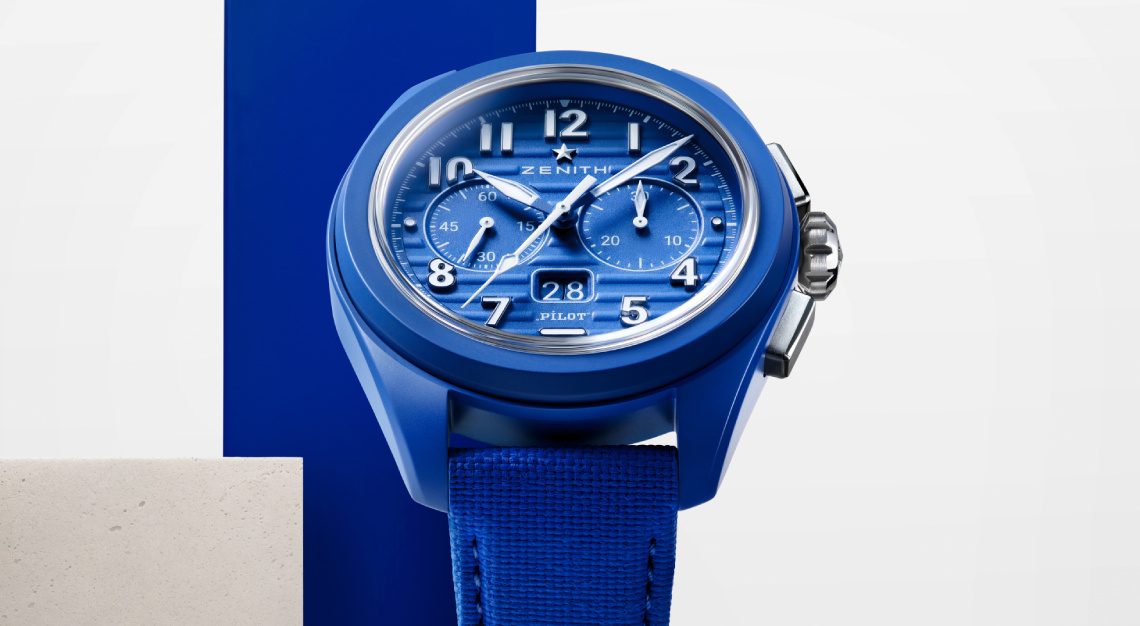
Take this issue’s cover watch, the Pilot Big Date Flyback. Zenith trademarked the word Pilot in 1903, long before aviation’s golden age, and remains the only Swiss watchmaker that is legally allowed to use the term on a dial. This 160th Anniversary Edition honours that legacy, pairing a corrugated dial with oversized numerals and luminescent hands for cockpit-ready legibility.
Powering the watch is El Primero 3652, a high-frequency chronograph movement paired with an instantaneous big date display and flyback function—features that once helped pilots make split-second decisions mid-flight. The patented big date mechanism enables the date to jump in 0.007 seconds, while the flyback allows the chronograph to reset and restart with a single push.
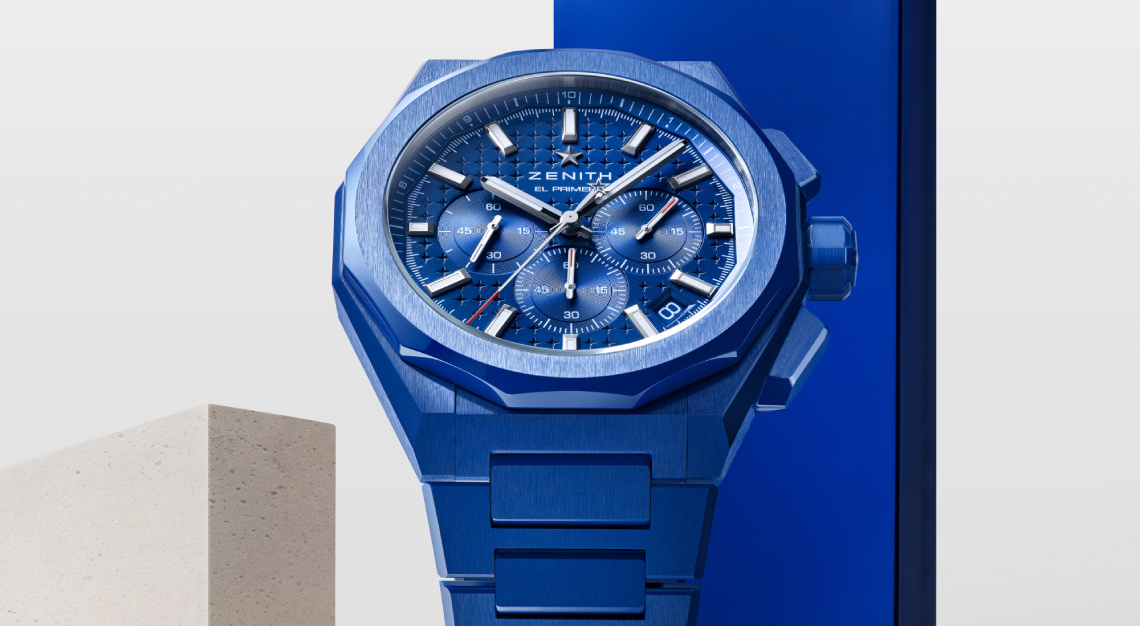
Then there’s the Defy Skyline Chronograph, a reimagining of the original 1969 Defy. This anniversary edition channels that same spirit of architectural audacity, with a 42mm octagonal case and 12-sided bezel. The engraved star-patterned dial echoes Zenith’s logo and its founder’s celestial inspiration, while the watch’s integrated strap-change system allows seamless switching between the ceramic bracelet and accompanying rubber strap.
Completing the trilogy is the Chronomaster Sport, arguably Zenith’s most recognisable modern chronograph. With its 41mm case, pumpstyle pushers, and tricolour counters at 3, 6 and 9 o’clock, it’s a masterclass in sporty refinement. The watch is powered by El Primero 3600, Zenith’s new-generation high-frequency movement that tracks elapsed time to 1/10th of a second, with the central hand racing around the dial in just 10 seconds. This movement also powers the Defy Skyline Chronograph.
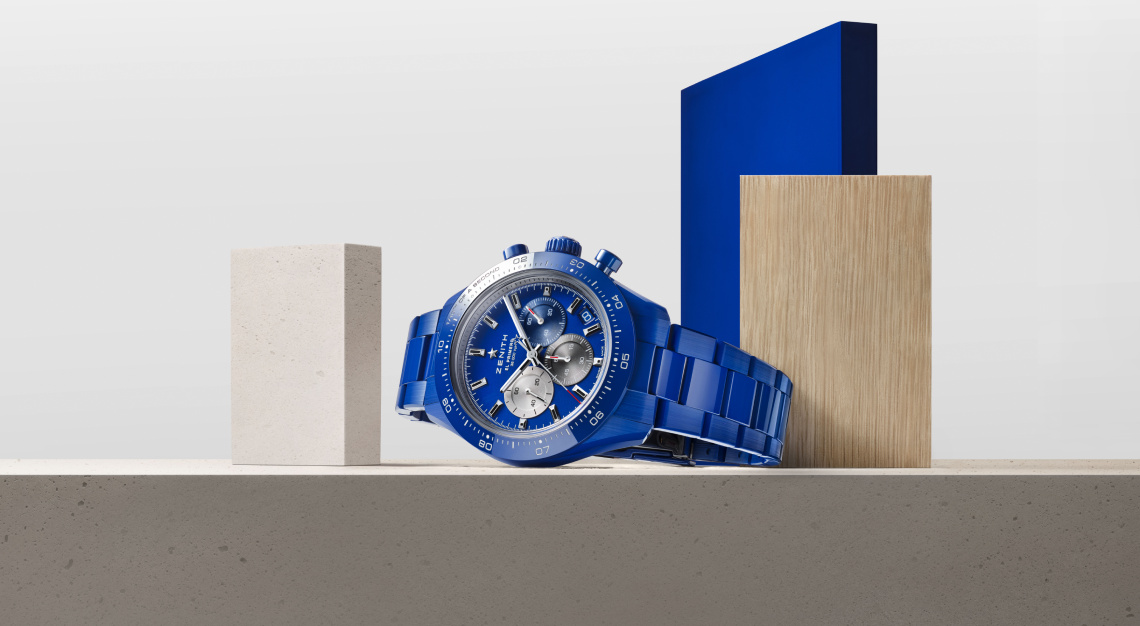
Boasting a slightly higher power reserve and a stop-seconds mechanism for more precise time-setting, El Primero 3600, introduced in 2019, is an update on the iconic El Primero movement that Zenith introduced back in 1969 and which remains in production today. Through all the three watches’ sapphire caseback, one can admire the movements’ openworked rotor, which is engraved with a 160th Anniversary emblem.
Last but not least, the rich blue ceramic finish across all three watches was specially developed by Zenith to echo “the infinity of the skies” that first inspired its founder. While coloured ceramic cases and bracelets are notoriously difficult to produce, the brand has embraced the challenge with characteristic tenacity.
“More than a tribute to our heritage, these timepieces embody the spirit of innovation and craftsmanship that continue to shape the future of our maison,” Benoît de Clerck, CEO of Zenith, said in a press statement. Favre-Jacot and Vermot would surely agree.

